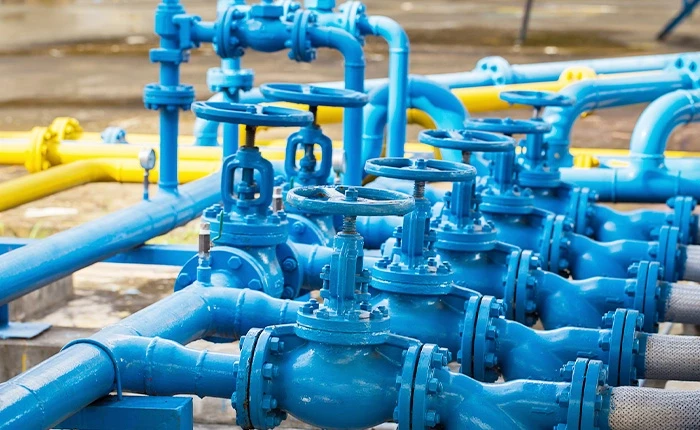நவ் . 18, 2024 10:38 Back to list
valve
The Art and Science of Valves Essential Components in Modern Engineering
Valves, often regarded as the unsung heroes of engineering, play a pivotal role across various sectors, from manufacturing to energy production. These mechanical devices regulate the flow of liquids, gases, and slurries, ensuring that systems operate efficiently and safely. To understand the significance of valves, one must delve into their various types, applications, and advancements.
At their core, valves perform a simple but critical function controlling the flow of a fluid by opening, closing, or partially obstructing passageways. They come in various shapes and sizes, including gate valves, globe valves, ball valves, and butterfly valves, each designed for specific applications. Gate valves, for instance, are typically used in on/off services, providing minimal resistance to flow when fully opened. In contrast, globe valves are more suited for throttling applications due to their design, which allows for better flow control.
The importance of valves extends beyond mere flow regulation. They are vital for safety in many industrial processes. For example, in the oil and gas industry, shut-off valves can prevent dangerous leaks by instantly stopping the flow of hot oil or gas. Similarly, in water treatment facilities, valves help maintain proper pressure levels and prevent backflow, protecting both the system and the potable water supply.
valve

As technology advances, so do the designs and functionalities of valves. Automation has emerged as a significant trend in valve technology. Electrically actuated valves, for instance, allow for remote operation, enhancing operational efficiency and safety. This technology is particularly beneficial in hazardous environments where manual operation poses significant risks. Moreover, advanced materials, such as composites and alloys, have improved the durability and resilience of valves, allowing them to withstand extreme temperatures and corrosive substances.
The industrial Internet of Things (IIoT) is also transforming valve technology. By integrating sensors and smart technology, valves can provide real-time data about flow rates, pressure changes, and potential malfunctions. This not only aids in predictive maintenance—reducing unexpected downtimes and repair costs—but also optimizes the entire system's performance. Operators can make informed decisions based on data analytics, further enhancing productivity and sustainability.
Valves are not limited to large industrial applications; they also play a crucial role in everyday consumer products. From the simple faucet in the kitchen to complex systems in heating and cooling equipment, valves are integral to managing the comfort and functionality of our living spaces. In automobiles, control valves regulate the flow of fluids essential for engine cooling and brake systems, underscoring their omnipresence in our daily lives.
In conclusion, valves may seem like small components in the grand scheme of engineering, but their impact is undeniably profound. As we continue to innovate and improve technologies, the role of valves will only expand. They are essential not only for efficiency and functionality in industrial processes but also for ensuring safety and sustainability across various applications. As we look to the future, the evolution of valve technology will undoubtedly reflect the broader trends in engineering, paving the way for smarter, more efficient systems that support our increasingly complex world. The art and science of valves will continue to shape the landscapes of industries and daily life alike, showcasing their crucial contributions to modern engineering.
-
Why Metric Trapezoidal Thread is Ideal for Precision Motion ControlNewsAug.05,2025
-
The Unique Properties of a Block of Granite for Industrial UseNewsAug.05,2025
-
The Role of Flanged Y Strainers in Preventing Pipeline ClogsNewsAug.05,2025
-
The Importance of Regular Calibration for Master Ring GagesNewsAug.05,2025
-
How a Cast Iron Surface Table Enhances Accuracy in ManufacturingNewsAug.05,2025
-
Comparing Different Check Valve Types for Optimal Flow ControlNewsAug.05,2025
Related PRODUCTS









